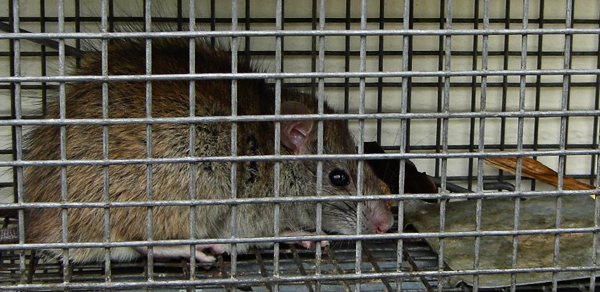- info@wildlifeanimalcontrol.com
Call us for help in your town
Wildlife Control Education
Where to relocate a trapped rat?
Relocated animals often don’t know where to find
food, thus they may do everything possible to
return to their former place, and for this
reason, you must relocate a rat outside of your
home and make sure you search and seal off its
entry points before it makes a plan to return.
Killing rats will only force them to relocate to
somewhere else and the fact that they reproduce
fast and establish colonies in large numbers
simply means relocation is better than
displacing them or killing them.

It is ideal to catch as many rats as possible at
your home before relocating them in groups, and
you must be aware of the serious health risks
posed by rats especially when they live in large
numbers – they can infest food and even trigger
allergies in humans and animals. In order to
relocate a trapped rat effectively, you must
perform the following;
- Device a plan by thinking about how, when and where you want to relocate the rat,
- Understand the reason why the rat was found there, how it got there and what keeps it there,
- Make sure the rat is relocated far from where it can easily find food sources,
- Secure a comfortable shelter for the rat .
- Make sure you wear protective gloves and clothing when relocating a rat because of high risks of contracting diseases.
- Consider your trapping options, because the process of relocating a rat starts with the type of trap you use in catching it. The trap must have sufficiently large housing that will facilitate the rat’s relocation from your home.
- Rats must be released late in the evening, because they have poor vision and will find it hard to return to your home. A rat vision may be poor at night but it is quite great in the evening, thus they should be released when it is somewhat dark but not in the morning or afternoon.
- Rats are warm-blooded in nature, thus the temperature of the relocation environment must not be less than 4 degree Celsius. Make sure it is not raining or snowy when relocating the animal. Rats form their colonies usually under the ground and may find it extremely difficult to dig through wet surfaces.
- Make sure you release a rat where it can easily find shelter, the reason being that a rat may not survive for a long time when exposed to extreme cold temperatures.
- move a rat closer to the outdoor , just a day before you relocate it ( closer to the window or a door is preferred), this will help the animal adjust easily. Try as much as possible to add plenty mud and paper in its shelter, and make sure there is a shade to protect the animal from the sun if it is summer.
Go back to the How to get rid of rats home page.
Need rat removal in your hometown? We service over 500 USA locations! Click here to hire us in your town and check prices - updated for year 2020.

















